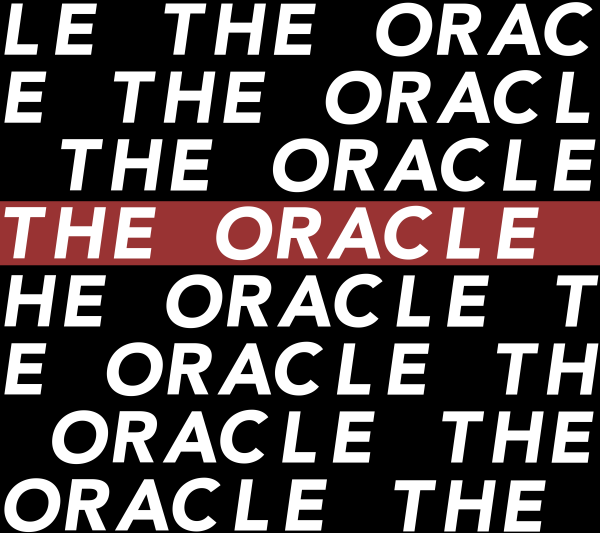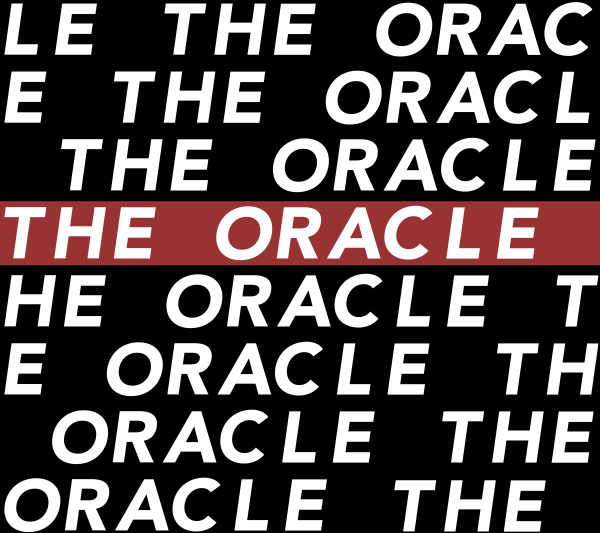New opportunities in DMA
Major concentrations make new guided paths for students.
Hamline University’s Digital Media Arts (DMA) major announced a formation of two different major concentrations. Along with the traditional DMA major, students can now choose from a graphic design or media arts concentration. Similarly to the addition of a public service track for Political Science students, these concentrations do not affect the courses for the standard major. Instead, students who choose to do the graphic design or media arts tracks have a different set of classes they can choose from that have direct relation to their specialty.
While there is much overlap in the courses that all three branches of DMA majors can take, DMA department head Dave Ryan stated that the course outlines for graphic design and media arts can help create more continuity for the students that seek it.
Ryan stated that students, “can be better ready when they finish the major.”
While the formation of these concentrations has created much excitement for current and potential DMA majors, many current students are unable to take part in them. The media arts and graphic design DMA majors require a more guided set of classes specific to the concentration, while many students have already taken too many courses outside of this guideline.
“I would like to, but I think with the classes that I still need to take, I’m not sure they will actually fit in my schedule,” junior Natalie Pieterick, majoring in DMA, said. “I also don’t want to stress myself out too much. I already have a lot on my plate.”
Although it is already too late for some students to choose the graphic design or media arts DMA concentration, many expressed approval of these additions.
“DMA is wonderful because there is so many different skills involved in it, but it’s also a career that requires specialization,” senior Leah Rathe, who is in the DMA major said.
Rathe informed that while having disciplinary breadth is valuable in the DMA field, having specialization of talent can be extremely important, especially as it relates to small business video production.
“Although it is nice to be multitalented, most of what you will be doing in the field is using a very concentrated skill set,” Rathe said.
Rathe also expressed that the more intensive major course load for graphic design and media arts DMA students, which is 15 classes instead of 12, can help students refine their specialization even further. The choice of a traditional DMA major versus the concentrations also gives students the choice between a more general DMA experience or specializing their education to what they want to pursue.
Students expressed some confusion regarding exactly how these concentrations would function. While the title of graphic design was described as self-explanatory, the other concentration being titled “media arts” seemed less specific to students. The media arts concentration requires a heavier focus on audio and video courses, as well as a web design course.
“I have no idea what a media arts concentration is,” sophomore Cassia Egan-Lawless said, “It’s too broad of a term.”
With the addition of concentrations for DMA majors being announced to support from students, some shared that they could see the department adding even more concentrations in the future.
“I wish there would be an Animation and Special Effects track,” Rathe said. “There’s so much demand for learning special effects in this day and age and I know that students would be interested in it.”
While the budget and time frame may not allow for any other track additions in the near future, the additions of media arts and graphic design has created a branching-off point to further benefit digital media arts students to personalize the path to their career of choice.





